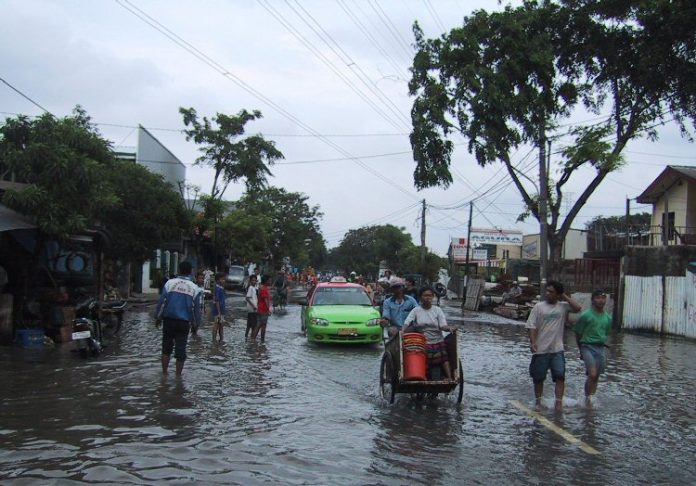New research from the Oxford Economics research, commissioned by the Global Resilience Partnership (GRP), has outlined the escalating global economic cost of severe flooding and the subsequent surge in related death tolls and population displacement figures.
GRP work with millions of people in the Sahel, Horn of Africa and South and Southeast Asia to prepare for unexpected shocks and adapt to chronic stresses. The research reveals that the rate of severe flooding has increased dramatically during the past 30 years.
“Millions of dollars are spent on aid to support communities torn apart by severe floods, but flooding is getting worse and the cycle of disaster, recover, repeat continues,” said Luca Alinovi, Executive Director of the Global Resilience Partnership. “It is clear this traditional approach has failed. We are seeing the opposite of progress and spending more to achieve less. We must move from a pick-up the pieces approach to investing in resilience solutions whereby we look for ways people at risk could actually anticipate, mitigate or thrive under recurrent water challenges.”
Severe flooding incidents, defined by the International Disasters Database as floods where 10 or more people were killed, 100 were affected, a state of emergency was declared or a call for international assistance was issued, have increased from an average of 83 per year in the 1980s, to 126 per year in 1990s, to more than 200 per year this century–more than one every other day.
Flooding also left a huge and rising financial toll. Between 2011 and 2015 flooding caused US$596 billion of direct damage, roughly equivalent to the GDP of Argentina. On average during that period the annual cost of flooding was US$119 billion, equivalent to a staggering US$326 million per day or US$13 million per hour.
“The research finds that if we use a resilience approach, at least US$3 of benefit is delivered for every US$1 spent, with figures often greatly in excess of this,” added Alinovi. “We, from the aid and development community to the private sector, must do things differently if we are not to look back in another decade and see things have continued to get worse.”
Between 2011 and 2015 more than 420 million people, greater than the population of South America, were affected by flooding.








